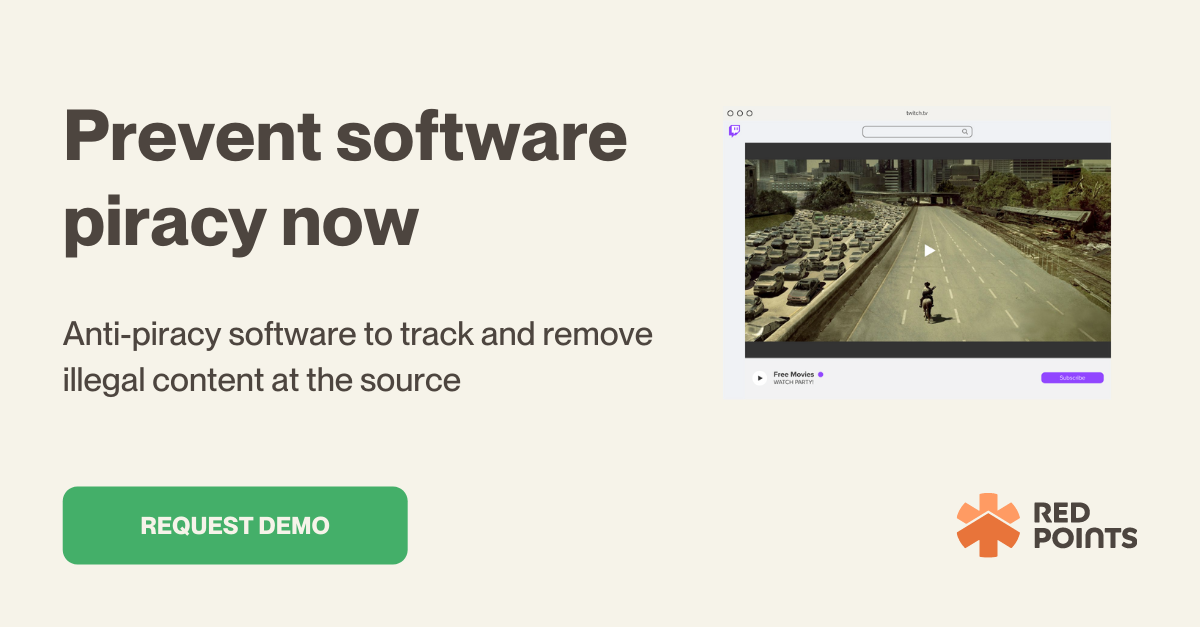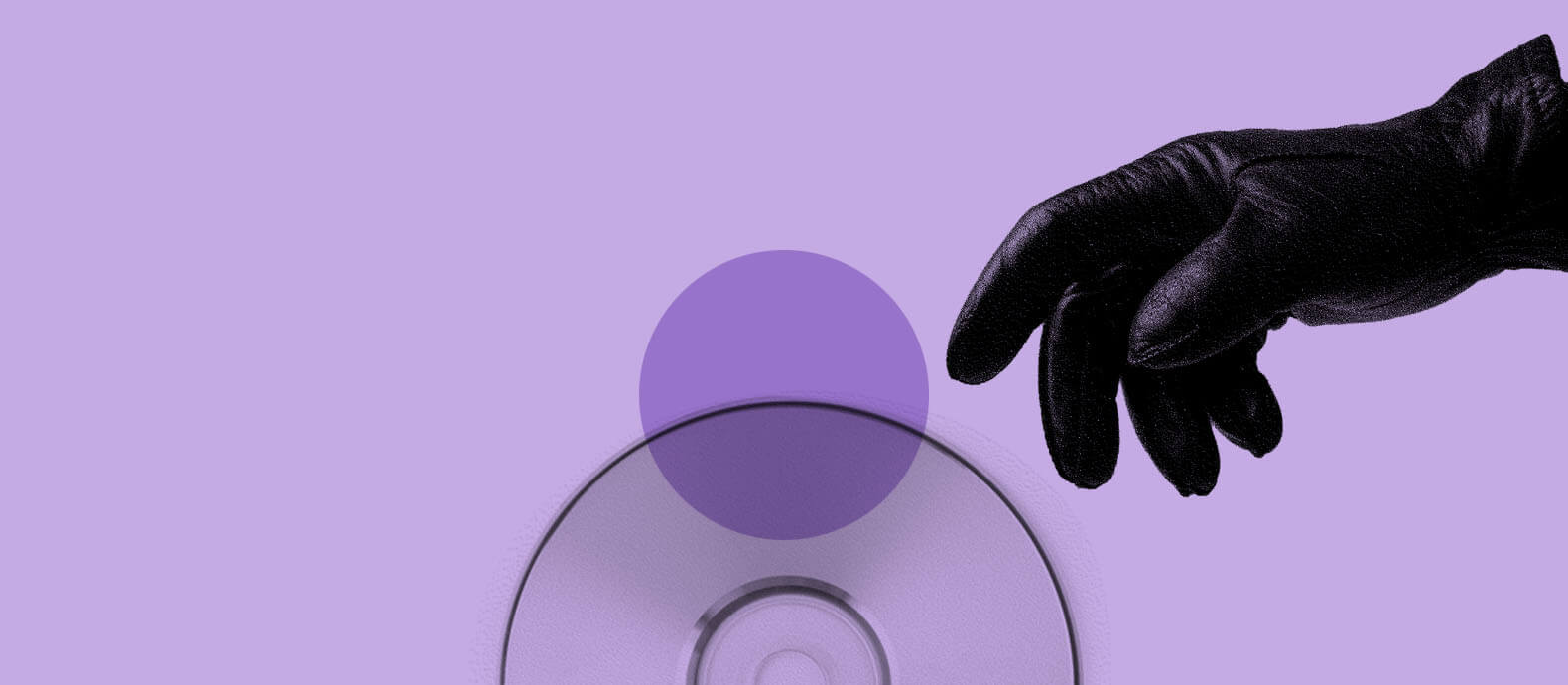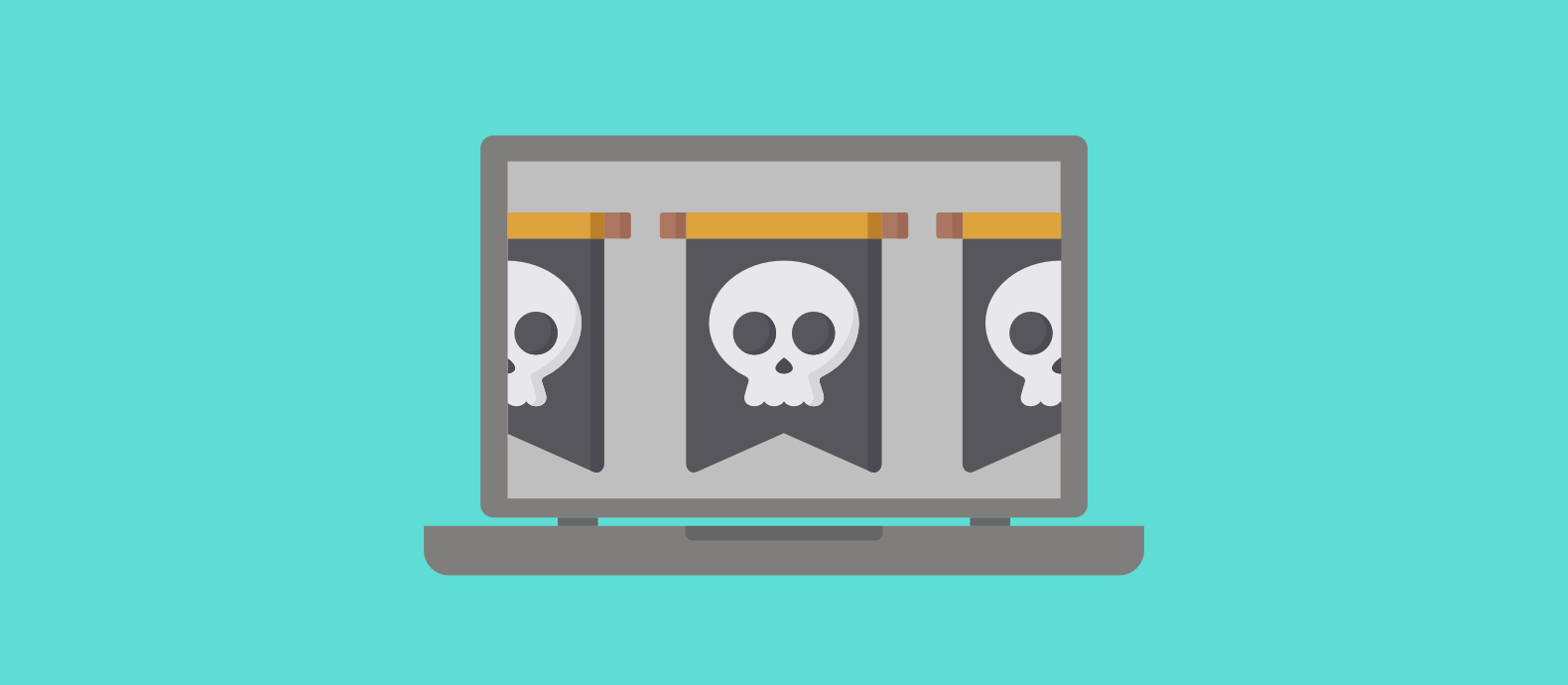Software theft is a significant concern for software-based brands and businesses. Despite new innovations and technological advancements, piracy continues to thrive, mainly because it has become socially acceptable.
Software theft is quite widespread. In 2017, 38% of people worldwide obtained or accessed digital content illegally, and 42% of the software packages currently running around the world were downloaded unlawfully, according to reports. The Business Software Alliance estimates that unlicensed software use and software theft in 2018 cost software companies $46.3 billion in revenue.
Piracy is a significant problem for software developers and licensing-based businesses, as it directly translates to a loss of revenue because it significantly reduces your customer pool and eat into your revenue.
In this article, we discuss
- What software theft is.
- How to identify and report software theft.
- How Red Points can help protect your brand against software theft and piracy.
What is software theft?
Software theft is the act of stealing software media, erasing programs on purpose, unlawfully copying a program, or illegally registering and/or activating a program.
Software theft can occur in many different forms.
Physically stealing the hardware medium that holds the software is a kind of software theft. It is also possible to steal proprietary software from the companies that produce it. This is called piracy, and it is the most widespread form of software theft.
Software piracy is the act of using, distributing, selling, changing, or copying software without having ownership of the software or the legal rights to do so.
Pirated software accounts for 37% of all software used globally. Since anyone with minimal technical skills can readily steal software, these numbers will likely increase in the future.
Software piracy comes in a variety of forms, including but not limited to:
- Copying and distributing legally acquired software either offline or online.
- Gaining unauthorized access to protected and copyrighted software through “cracking”.
- Distributing software you got from a third-party not licensed to sell or give away the software.
- Distributing altered versions of a software (when the developer is clearly against altering).
All software piracy is, of course, illegal.
According to the Federation Against Software Theft (FAST), none of the following are legal and are constituted as software theft:
- Distributing, copying, or duplicating software or related documentation without the express consent of the owner of the copyright.
- Installing and using a piece of software that you have purchased on more than one computer at the same time unless the license specifically allows you to do so.
- Permitting, persuading, or putting pressure on employees to produce or use unlawfully copied programs within a firm, whether intentionally or accidentally.
- Lending software with the intention of having an unauthorized copy created from it.
5 tips to prevent software theft
You can prevent software theft by :
1. Copyrighting your software
The first and most effective way to keep your software safe from infringement and piracy is to ensure it is registered and legally recognized by the appropriate government authorities and statutes.
Software is protected by copyright. Under copyright statutes, the person who owns the software decides what licenses are needed to use and share it. The licenses say how they can be used, how many times they can be used, and how long they are valid.
The Copyright Act, which may be found in Title 17 of the United States Code, Section 106, states that a person who has purchased a license to use a copy of software does not have the right to make more copies of the software without the consent of the owner of the copyright. It also says that redistributing, copying, or installing software in more than one place is against the law. Infringers of the copyright are people who break the rights of the person who owns the copyright (Section 501). It is a crime to use or share software without permission. If a business or person is found guilty of this crime for personal or financial gain, they could be fined up to $250,000 or put in jail for up to 5 years, depending on the nature of their crime.
Nearly every nation in the world has laws in place to combat the illegal copying and distribution of intellectual property.
2. Licensing your software
Software licensing permits an individual or organization to use any software under the agreement set by software publishers. Distributors of software employ a variety of licenses to protect their intellectual property. Usually, the end-user license agreement (EULA) tells users what they can and can’t do with the software, as well as any copyright notices. License keys are also an excellent software protection option.
This method of software protection, called a License Key Management System, involves locking your software upon installation and making it impossible to use unless the appropriate ‘password’ or license keys are input.
License keys are nothing more than strings of data in the form of numbers and letters, but they ensure that your product will only be made available to customers who have paid for the software.
To further reduce piracy risks, ensure that the program authenticates the keys through your own servers or a trusted third party.
3. Using Code obfuscation
Code obfuscation, as the name suggests, is the process of making source or machine code intentionally obscure or confusing to humans/hackers and their tools. It is an excellent and time-tested way of preventing software piracy.
The purpose of code obfuscation is to make software less susceptible to malevolent reverse engineering, avoid tampering, and ultimately prevent pirates from understanding the application’s code. Obfuscation uses heuristics and algorithms to obscure the function of the machine language code.
4. Tamper Proofing Your Software
While code obfuscation hides your code, tamper-proofing software prevents it from being manipulated or modified by a third-party user.
For example, many programs have license checks that prevent use beyond a certain date. Pirates will often try to find and disable the check to get the program for free. To prevent such, a software developer can tamperproof the license check such that if it is changed the program no longer works.
5. Software Watermarking
In watermarking, a copyright notice is inserted into the software source code to protect its intellectual property.
Watermarking can be utilized in two different ways. If each legal copy of the application has an identical watermark, it serves as proof of authorship. This indicator is important when a stolen module is used in another company’s software. By identifying the authorship mark, the software designer can establish it was stolen.
A watermark can also help find out the detect illegal distribution of your software. With watermarks, every legal copy of the program carries a fingerprint imprint that identifies the original purchaser. If a pirated copy is discovered, the watermark will easily reveal the individual responsible for it.
How to report Software Theft
It is standard best practice for software brands and businesses with paid or licensed models to provide an anonymous form for reporting software theft on their website that concerned customers can fill out. This is an excellent way to be alerted to any possible infringement.
If you suspect a company is using a pirated version of your software, you can report them anonymously. Internet Technology industry groups like the Business Software Alliance (BSA), the Software and Information Industry Association (SIIA), and the Federation Against Software Theft (FAST) actively investigate cases of suspected piracy.
You can file a complaint against a business infringing on your software by using the online form or by calling the toll-free number on their websites. You might even be rewarded monetarily for your report in some circumstances.
Here are some tips on how to report software theft or piracy:
1. Gather as much information as possible about how your software is being abused and the corporation responsible for the act. You will need to be familiar with the company’s name, address, type of business, URL, and phone number of the company’s website (if applicable).
2. You will also be required to provide, to the best of your ability, the total number of computers owned by the business and the name of the program that is being illegally utilized or disseminated.
3. Head over to the anti-piracy website(s) and fill out the online form with as much information as possible. Explain why you think the software is not properly licensed.
4. You should also fill out a working email address to get up-to-date information regarding the report’s status.
5. Finally, click the ‘Submit’ button that is often provided at the bottom of the form
You can report software theft to :
- Business Software Alliance (BSA) complaint page
- Software and Information Industry Association (SIIA) piracy report page
- Federation Against Software Theft (FAST) report page
How to detect Software Theft
Detecting software theft requires constant vigilance. Stolen and pirated software often appear on popular internet pirate sites and platforms, sometimes containing malware in them deliberately planted by the bad-faith actor who pirated the software in the first place.
The best way to prevent cracked versions of your software from ending up on these shady platforms is to employ the services of brand protection and anti-piracy software specialists, like Red Points. The goal of their services is to help protect your software product from bad-faith actors and internet pirates that are seeking to take advantage of others or just avoid paying.
What’s next?
Software theft is a major concern for brands and businesses. It can lead to significant shortfalls for internet brands and companies.
Taking a proactive anti-piracy approach is the best step to safeguarding your software against digital thieves, and Red Points can help you with that.
See how you can help your business maintain its competitive edge using Red Points’ Anti-Piracy Software






